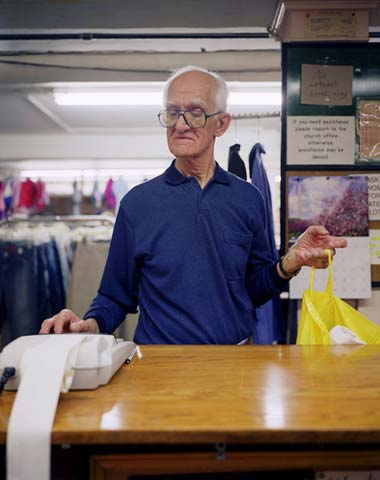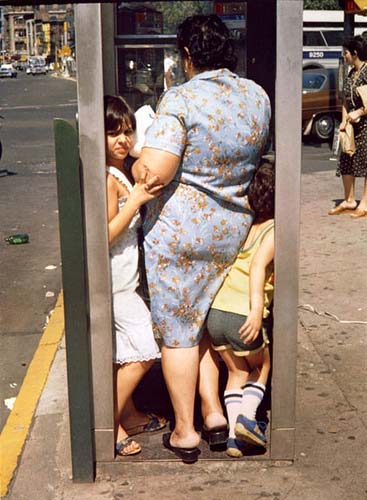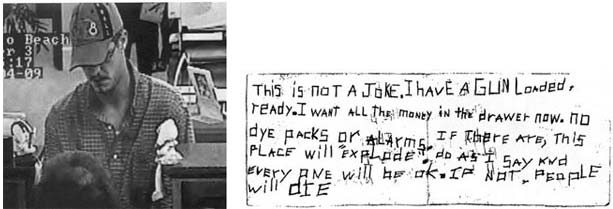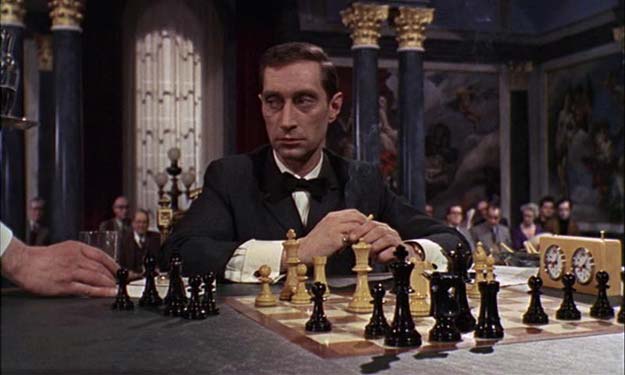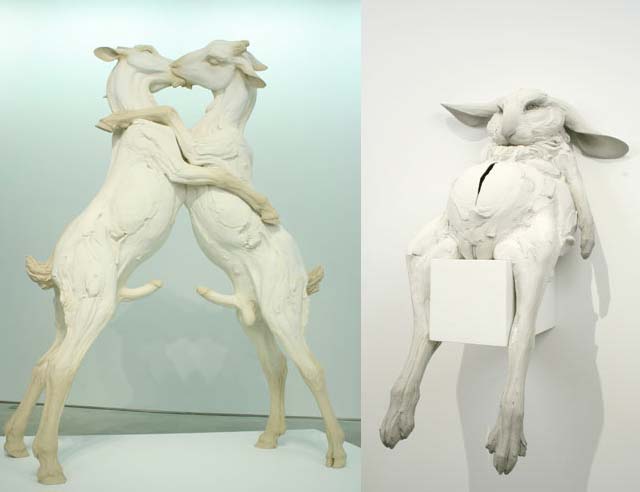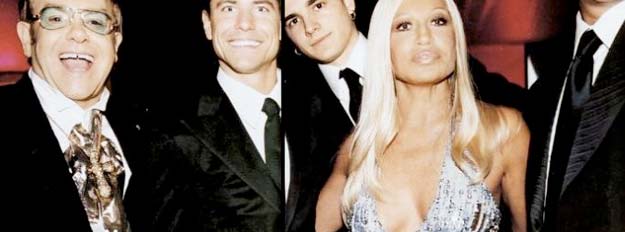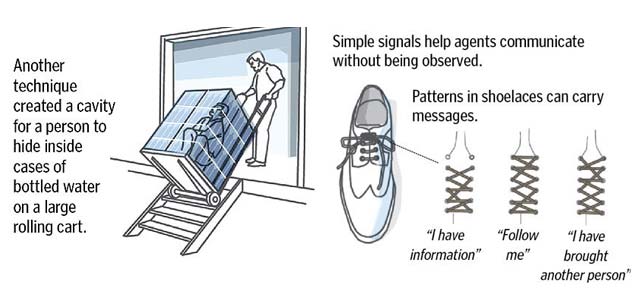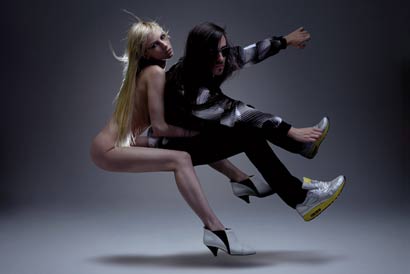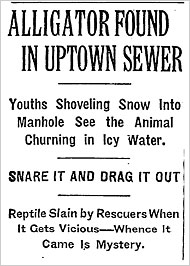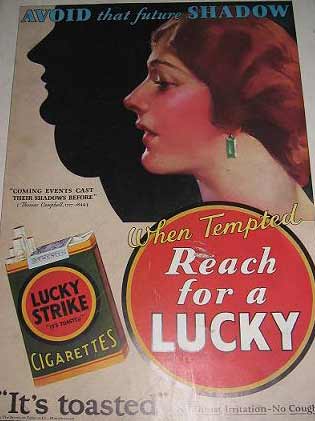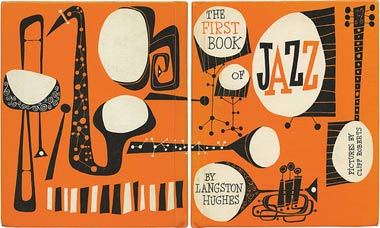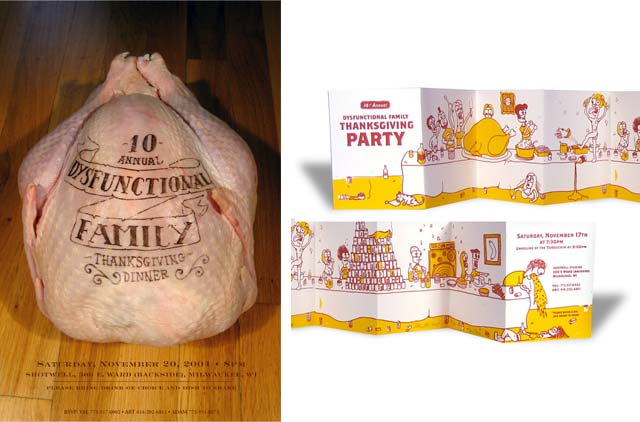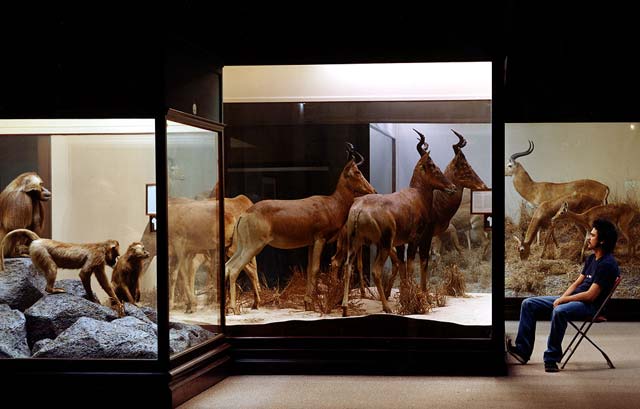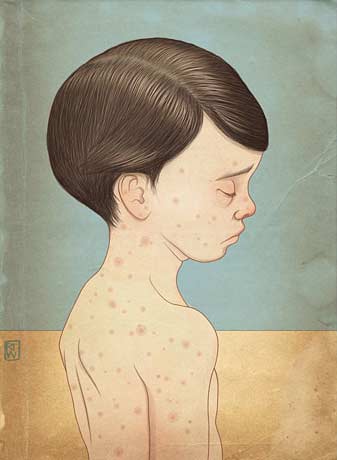From the ice-age to the dole-age, there is but one concern

But what do we mean by “art”?
Art is… what? A pursuit of excellence, a pursuit of meaning, a way of trying to make sense of the world. The arts, we’d say, are part of our life, our language, our way of seeing. The arts tell us truths about ourselves and each other and our society that reach parts of us that politics and journalism don’t. Art is passionate, ambiguous, complex, mysterious, and thrilling. It helps us to fit the disparate pieces of the world together; it helps us to try to make form out of chaos.
From all this I don’t imagine you’d dissent. And perhaps we could all agree on a hierarchy, a pantheon that would include, say, Shakespeare, Mozart, Bach, Beethoven, Rembrandt, Mahler, Matisse, Dickens, Beckett, Picasso, Stravinsky, Auden, Hughes, Renoir, Fellini, Orson Welles, Charlie Parker – and so on, all dead, all tested by time, all enduringly popular.
artwork { Roni Horn, Clown Mirror, 2001 | And more }

